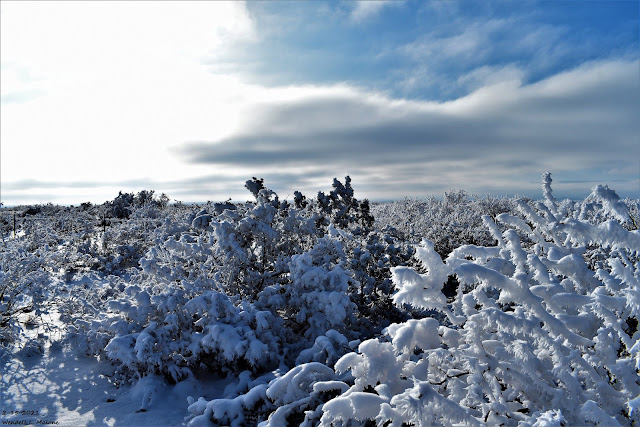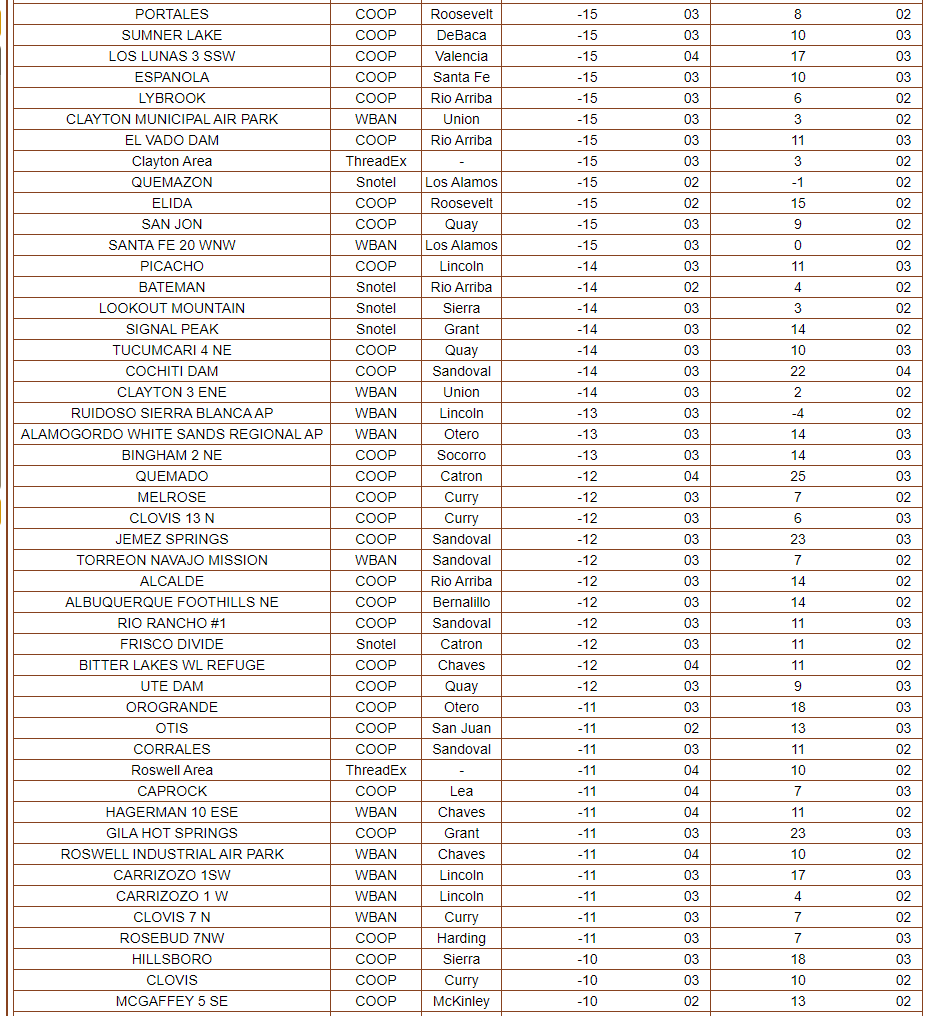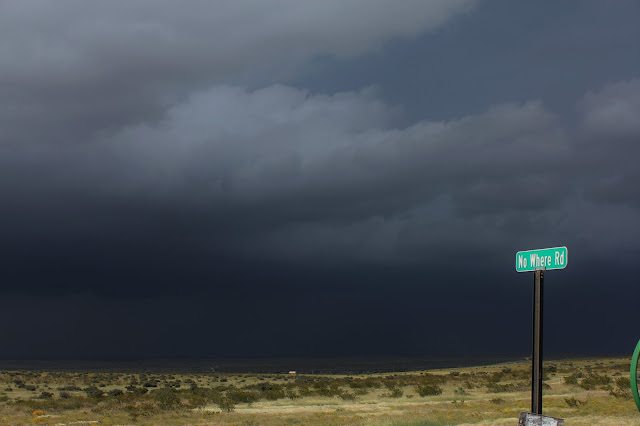February 12-19, 2021 Historic Winter Storm Summary #2.
The “Great Arctic Outbreak of February 1899” as it became known, is one of the most widespread North American cold snaps in recorded history. It was described in a 1988 academic article as “a benchmark with which to compare similar events.”
The amount of magnetic flux that rises up to the Sun’s surface varies within a solar cycle. Near the minimum of the cycle, it is rare to see sunspots on the Sun, and the spots that do appear are very small and short-lived. During the maximum, there are many sunspots visible.
The strength of each cycle overall also varies.
The “Great Arctic Outbreak of February 1899” occurred during the solar minimum between ‘weak’ solar cycles 13 and 14 — these were the previous comparably weak cycles to the one we’ve just experienced, cycle 24.
There's Cold - And Then There Was February 1899.
Snow weighed down the fronds of palm trees of Fort Myers, Florida, while an icy crust formed on the Mississippi River in New Orleans. Nearly three feet of snow buried the nation’s capital and ice-encased steamboats on Lake Michigan. There’s cold—and then there was the Great Arctic Outbreak of February 1899.
The polar vortex delivered an icy slap to every corner of the continental United States, making all other Snowmageddons to follow seem mild by comparison.
The bitter cold first hit the West Coast in the first days of February as temperatures reached lows of 33 degrees Fahrenheit in San Diego and 12 degrees in Seattle. The frigid air then barreled east with freezing temperatures reaching as far south as the Gulf Coast and Florida Panhandle.
On February 11, residents of Fort Logan, Montana, awoke to a temperature of -61 degrees. Wind chills in southern Texas were estimated at -25 to -40 degrees, downright balmy compared to the wind chills approaching -100 degrees on the northern Plains. Between February 11 and February 14, the Great Arctic Outbreak set record low temperatures that still stand in Grand Rapids (-24 degrees), Wichita (-22 degrees), Oklahoma City (-17 degrees), Atlanta (-9 degrees), Fort Worth (-8 degrees) and Baton Rouge (2 degrees).
Even in Florida, there was no vacation from the cold. The temperature in Tallahassee fell to an all-time state record of -2 degrees on February 13 as nearly two inches of snow fell from the Panhandle to Jacksonville. Tampa received the first measurable snowfall recorded in the city’s history and trace amounts fell further down the Gulf Coast. Even in tropical Miami, the mercury dipped below freezing as desperate farmers set fires among their orange groves and wrapped their trees for protection from the cold.
No amount of snow, though, could keep the Mardi Gras revelers in New Orleans from making their appointed rounds. The day after temperatures hit an all-time low of 7 degrees and as ice flowed down the Mississippi River into the Gulf of Mexico, the traditional carnival and Rex parade went on as scheduled through the streets of New Orleans.
(February 1899).
The temperatures will be warming up rather nicely across the southern Plains this week, but for some final perspective on the severity of last week's Arctic air outbreak, and how it stacks up against others in the past, here is a graphic showing 7-day temperatures anomalies. pic.twitter.com/2FPskUQ87M
— NWS Weather Prediction Center (@NWSWPC) February 22, 2021
To give even more perspective on just how prolonged this arctic outbreak was, here are the 7-day average temperatures (at or below 32F) from February 11-17. pic.twitter.com/uLpmhYa9MM
— NWS Weather Prediction Center (@NWSWPC) February 20, 2021
Continuing our analysis from yesterday, here are two additional maps that show how many consecutive hours any given location (across the Lower 48) observed temperatures at or below 0F and 20F from February 11-17th. https://t.co/rCzItzFSvs pic.twitter.com/K20E4FVVYd
— NWS Weather Prediction Center (@NWSWPC) February 20, 2021








































Excellent summary, thanks as always. Good points on peoples' biases not comprehending what winters can be like in the southern parts of NM, after such a long run of milder winters, with few cold periods.
ReplyDeleteImagine the coastal expats now in Texas' major cities, finding out their new home has been skating most of the last 32 winters. Only to get the longest-ever <32F period, ice-snow-ice, and later than ever. So some folks' near-tropical plants must take freezes plus hot / steamy summers. Good thing many in OK and TX didn't also get to their coldest-ever temps.
Even their more normal ranges of freezes / heat and drought / deluge in much of central and east Texas, OK is a challenge.
Las Cruces didn't even get 18 hours below 32F, though I was seeing one of my docs in Phoenix where highs cooled to 65F.